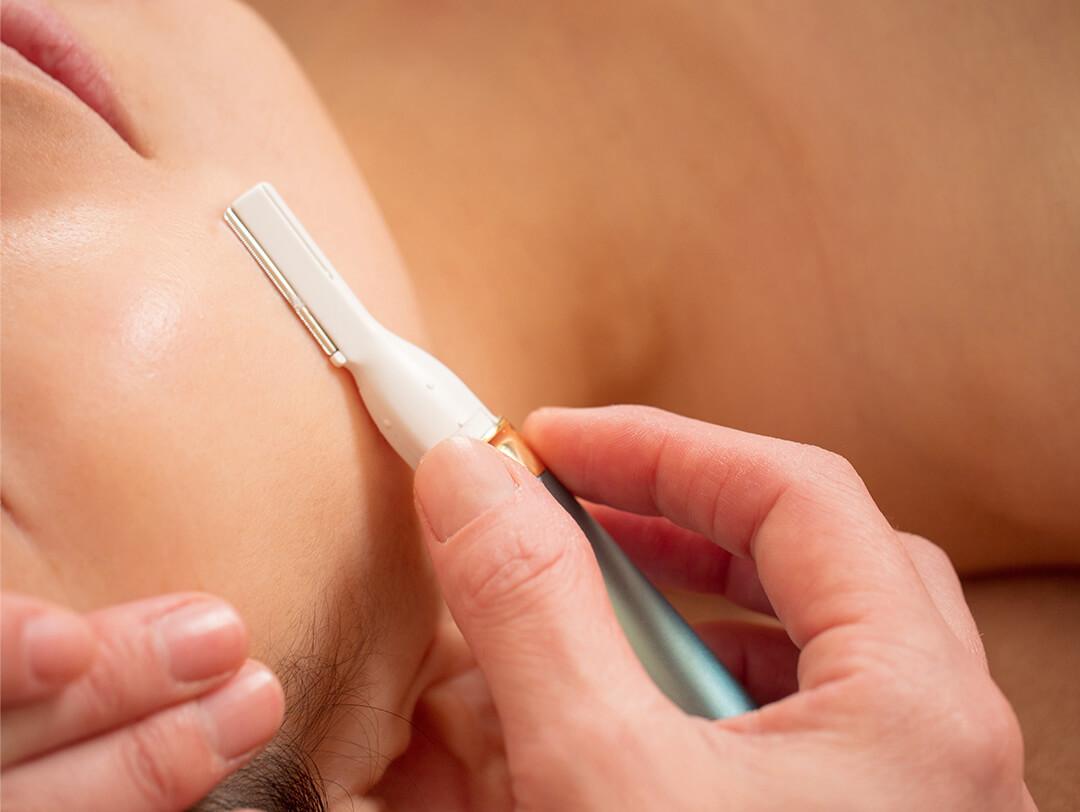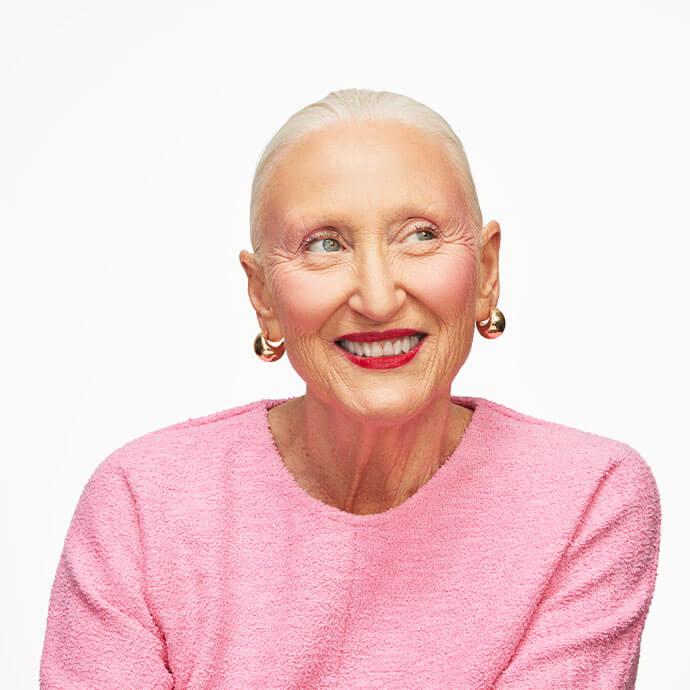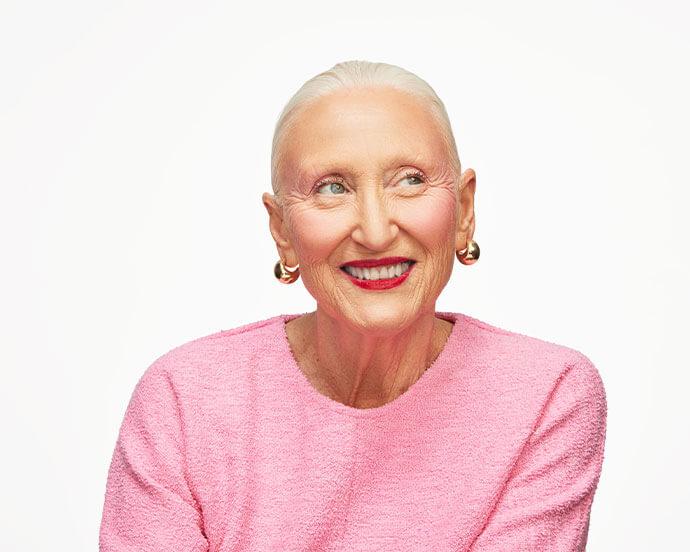Want to Dermaplane at Home? Read This First



Lindy Segal


It’s not just you: The skincare trend dermaplaning suddenly became the service everyone seems to be talking about, for multiple reasons. It promises to not only provide smooth, fuzz-free skin, but also offer anti-aging benefits along the way. Enter the big question: Is it safe? For the most effective (and safest) results, dermaplaning is done in-office by an esthetician or dermatologist. However, there are also a number of dermaplaning devices available for at-home treatment. But before you reach for them, read on for expert intel courtesy of a trio of in-the-know estheticians—your skin will thank you.


It's about glam time you treated yourself.
MEET THE EXPERT
Sarah Akram is a celebrity esthetician and founder of Sarah Akram Skincare in Alexandria, Virginia.
Becky Beall is a licensed esthetician and FarmHouse Fresh Southeast Region Account Executive.
Rachel Liverman is a licensed esthetician and co-founder of Glowbar in New York City.
What is dermaplaning?
“Dermaplaning is essentially removing unwanted hair from your face—a.k.a. ‘peach fuzz’—by gently scraping the surface of your skin with a surgical scalpel,” explains celebrity esthetician Sarah Akram. “The scalpel works as a gentle but effective method of exfoliation, prepping the skin for a variety of skincare treatments and even makeup.” If right about now you’re thinking, is dermaplaning just shaving your face? - You’re not wrong. Removing fine hairs? Check. Exfoliating a layer of dead skin? Check, check. However, a dermaplaning tool is much smaller and more flexible than a traditional razor, so it can be used on hard-to-reach areas of the face including the forehead, jawline, and above the lip. Plus, when done professionally, the treatment offers other lasting benefits.
Benefits of dermaplaning:
Hair removal: “The first and most obvious benefit of dermaplaning is that it safely removes unwanted hair,” says Akram. That unwanted hair can be barely there peach fuzz, a mustache, or anything in between.
Exfoliation: Those who swear by dermaplaning also love how smooth it makes the skin, especially when wearing makeup.The blade gently removes the build-up of dead skin cells on the outer layer of the skin, instantly revealing “a smoother, brighter complexion,” according to esthetician Becky Beall.
More efficient product absorption: Dermaplaning may make your skincare products more effective, too. “As with any exfoliating treatment, dermaplaning allows for deeper, more even penetration of corrective products,” says Beall.
Anti-aging: In the short term, that deep exfoliation can also temporarily make wrinkles, fine lines, and scarring less visible. “The slight trauma to the skin will promote elastin and collagen production, making it a great option for age control patients,” adds Beall.
The treatment has also received criticism, and Akram, who does not offer the treatment, adds that “It’s worth noting a few drawbacks of dermaplaning” in addition to the benefits. One of those drawbacks being the high cost. “Compared to other hair-removal treatments like waxing and tweezing, dermaplaning can be a bit more expensive, costing anywhere between $150-$250, compared to full-face waxing which can range between $55-$105,” Akram explains. “And unlike waxing, dermaplaning does not fully remove hair from its follicle, so hairs grow back a bit sooner than other methods.” There are also safety drawbacks to keep in mind. “Even with the most experienced service provider, there is also the risk of minor cuts and scrapes that can occur while using a scalpel,” adds Akram.
In-office vs. at-home dermaplaning:
Think of professional dermaplaning as the designer version, and at-home as the knockoff. If you want all the benefits of dermaplaning, seeing a professional is the way to go. “To get a precise result without any damage this treatment is best performed by a licensed skincare therapist who is certified in dermaplaning,” says Beall. “Your skincare professional will be able to get all the tough angles around the nose, jawline, and chin for a more advanced, flawless treatment.” Beall also notes that a dermaplaning treatment can exacerbate certain skin conditions, adding that a professional “understands all the contraindications [such as] inflamed acne, flat warts, cold sores, and rosacea” that should be avoided during the treatment.
However, if facial-hair removal—rather than deep exfoliation—is what you’re looking for, DIY may still be an option. “I would only recommend dermaplaning at home to remove facial vellus hair, not dead skin,” says esthetician Rachel Liverman.
How to dermaplane at home:
Not afraid of a little facial shaving? Here’s how to do it—just wait until a few days after you last exfoliated, and be sure you have visible facial hair to lessen the chance of irritation.
Wash your face. Use a gentle cleanser to rinse off any residual makeup, dirt, and sweat to create a clean canvas.
Prep your tool. For maximum safety and sanitization, use a single-use blade, such as URBAN SKIN RX Dermaplaning Tools Set of 4.
Have a clear plan of action. Know where you are going to shave—your upper lip, your jawline, etc.—before you start. Also, remember to avoid any breakouts or other areas of inflammation.
Ready, set, go. Hold the skin taut, and gently (gently!) draw the dermaplaner across the area, keeping the blade at a 45-degree angle with the skin to reduce the chance of nicks. Continue until all unwanted hair is removed.
After care. Apply a rich moisturizer (and sunscreen, if it’s daytime) to hydrate the skin and soothe any redness. Replace the cap on the tool before discarding.
Want in on all the IPSY Glam Bag fun? Take our Beauty Quiz now to get started. Already an Ipster? Refer your friends to earn points, which you can use toward products. Either way, don’t forget to check us out on Instagram and Twitter @IPSY.
Like this article? Share it with your friends by clicking the icons below!
Liked this post? Share!
Related Stories


Skin
How to Adjust Your Skincare Routine for Mature Skin in the Winter
Published on Dec 4, 2025 • 7 min read


Skin
Meet the Best Moisturizers for Winter, According to Dermatologists
Published on Dec 1, 2025 • 9 min read


Skin
What Is Inflammaging—and Why Everyone’s Talking About It
Published on Dec 1, 2025 • 8 min read


Skin
6 Skincare Trends to Have on Your Radar in 2026, According to Experts
Published on Dec 1, 2025 • 7 min read


Skin
We Grabbed Our Crystal Ball and Found These 6 Skincare Predictions for 2025
Published on Dec 10, 2024 • 7 min read


Skin
Simple Self-Care Tips That Actually Make a Difference
Published on Nov 13, 2025 • 12 min read


Skin
These 9 Face Scrubs Will Unlock Soft and Smooth Skin on Contact
Published on Nov 5, 2025 • 10 min read


Skin
10 Thanksgiving Foods That Will Have Your Skin Coming Back for Seconds
Published on Oct 15, 2025 • 7 min read


Beauty Picked Just for You
Get 5 products worth up to $70
Plus exclusive access to epic deals up to 80% off
Starting at just $14/month. Cancel anytime.